
The South African Army is the principal land warfare force of South Africa, a part of the South African National Defence Force (SANDF), along with the South African Air Force, South African Navy and South African Military Health Service. The Army is commanded by the Chief of the Army, who is subordinate to the Chief of the SANDF.
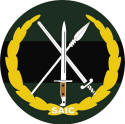
The South African Army Infantry Formation supervises all infantry within the South African Army.

Andrew Mlangeni Regiment is a reserve infantry regiment of the South African Army.

The Pretoria Armour Regiment is a reserve armoured regiment of the South African Army.

The Chief Maqoma Regiment is a reserve infantry regiment of the South African Army. The regiment is located in the city of Port Elizabeth.

The Mangaung Regiment is a reserve infantry regiment of the South African Army.

The General Jan Smuts Regiment is a reserve mechanised infantry regiment of the South African Army.

The Queen Nandi Mounted Rifles is an reserve armoured regiment of the South African Army.

1 Special Service Battalion is an armoured regiment of the South African Army and only one of two such in its regular force. The Regiment is based at Tempe near Bloemfontein.

1 South African Tank Regiment is an armoured regiment of the South African Army, based at the Tempe military base in Bloemfontein as part of the South African Army Armour Formation.
South Africa follows the British system of awarding battle honours to military units, to recognise the battles, theatres and campaigns in which they have fought with distinction.
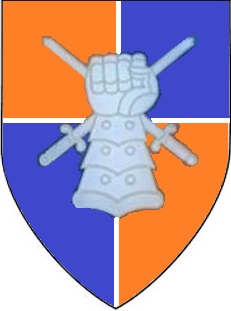
The South African Army Armour Formation provides an Armour capability to the South African Army. The Formation came into being as part of a restructure. South African Armour Corps units previously under the command of various different brigades and other formations were all grouped under one formation. All armour is assigned to the SA Army Armour Formation under the charge of a General Officer Commanding.

1 South African Infantry Battalion is a mechanized infantry unit of the South African Army.
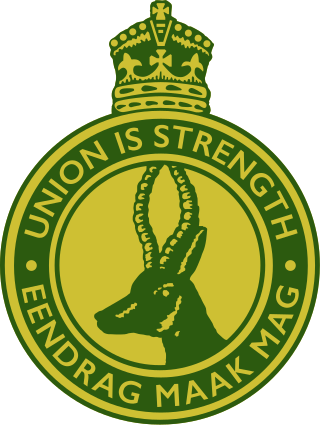
The Union Defence Force (UDF) comprised the armed forces of South Africa from 1 July 1912, when the Defence Act took effect, two years after the creation of the Union of South Africa, until 1957 when it was reorganised and renamed the South African Defence Force.

The South African Army Training Formation is the controlling entity of all South African Army training units. The Formation was established in April 1999 and mandated to provide, maintain and sustain landward common training to the SA Army.

The King Shaka Regiment is a reserve motorised infantry battalion of the South African Army.
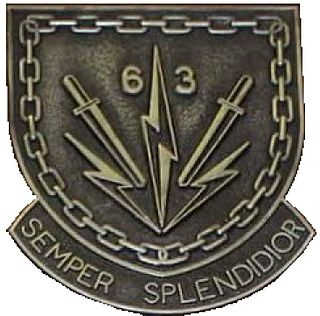
63 Mechanised Battalion Group was a unit of the South African Infantry Corps; although it was classed as mechanized infantry, it was a combined arms force consisting of infantry, armour and artillery. Together with 61 Mechanised Battalion Group and 62 Mechanised Battalion Group, these units made up 60 Brigade encompassing battlegroup principles.
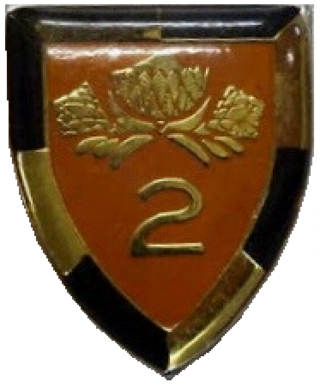
2 Special Service Battalion was an armoured regiment of the South African Army and only one of two such in its regular force. The Regiment was based at Zeerust. It was known in English as, 2 Special Service Battalion, and in the Afrikaans language as, 2 Spesiale Diens Bataljon.

81 Armoured Brigade was a Formation of 8th Armoured Division, a combined arms force consisting of armour, mechanised infantry, and mechanised artillery.




















